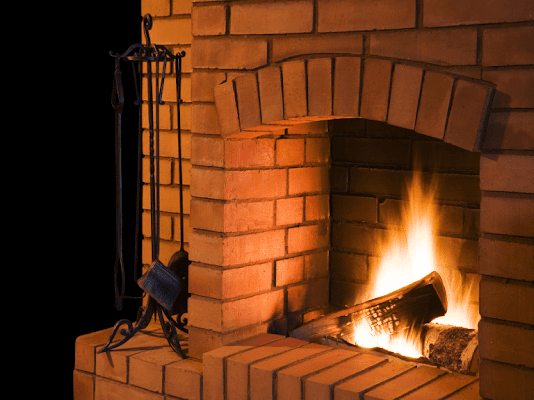Keep your house safe with our Fireplace Cleaning in Dallas.
Your fireplace requires daily care and cleaning to ensure a stable and prosperous fire. Creosote, a flammable tar like material that accumulates in the chimney and flue, should be removed by a professional, removing the problem of at least one possible fire hazard. During the wood burning season, give your fireplace and its accessories regular cleaning to clear any accumulation of soot, ashes, and creosote tars. Our Fireplace Cleaning in Dallas helps you with that if you face any problems regarding your fireplace cleaning.
Here are some tips for cleaning up:
• To stop the build-up of dust and soot, vacuum or dust every
week in the heart area. For at least 12 hours, do not sweep or vacuum until all the embers have been extinguished.
• Burn only seasoned, well-dried wood to reduce hazardous
creosote accumulation.
• Check the firebox, flue, and chimney annually for creosote
accumulation.
• Do not use water to drown in a fire unless an emergency
occurs. It will make a paste from the ashes that are difficult to extract.
• Never use a fireplace with an abrasive cleanser inside. Some
leave a flammable residue.
• Sprinkle the moist coffee grounds over the cooled ashes to
keep the dust down while cleaning your fireplace.
We want your chimney to be swept, and then we, the best Chimney Sweep in Dallas, are the best choice for you.
About the Firebox
• The area containing the fire is the firebox; either metal
sheeting or firebrick is usually constructed. There is very little maintenance
required as the fire heat keeps the firebox clean.
• Clean the firebox walls gently with a stiff-bristle brush (not
a wire brush) to the lintel's height (the bulky steel brace that supports the
masonry above the fireplace opening).
• Be gentle with firebrick because it quickly crumbles. Be
vigilant not to bend any corners on a metal firebox where it joins the flue.
Bent edges leave openings where fire can propagate to the stud of the wall or
support.
• If your fireplace has no ash pit or box, shovel the majority
of the ashes into a bag and vacuum the remaining lightweight ashes.
The Fire Screen
• Most fire screens are black painted metal, but if your screen
is brass-plate, clean them as you would any brass products.
Glass Enclosures
• Clean the glass facing the fire after any other fire to remove
the traces of soot.
• For baked-on soot, scrape the glass very carefully with a
glass scraper to avoid scratching the paint.
• To eliminate smoke stains, combine 1/2 cup vinegar with
1-gallon clear, warm water. Stir in one tablespoon of clear ammonia. With a rag
dipped in the solution, spray or wipe this solution on the bottle. To rinse,
use clear, warm water, then dry with a clean cloth.
Grate and Fireplace Materials
The grating is typically made of cast iron and can accumulate
tars or sap from burning green wood creosote. Cast-iron tools can be washed in
the same way as grates. To clear up the build-up, take the grille or tool
outside and spray it down. Sprinkle with an abrasive cleanser on the surface
and scrub with a stiff-bristle brush or steel-wool soap pad.



Comments
Post a Comment